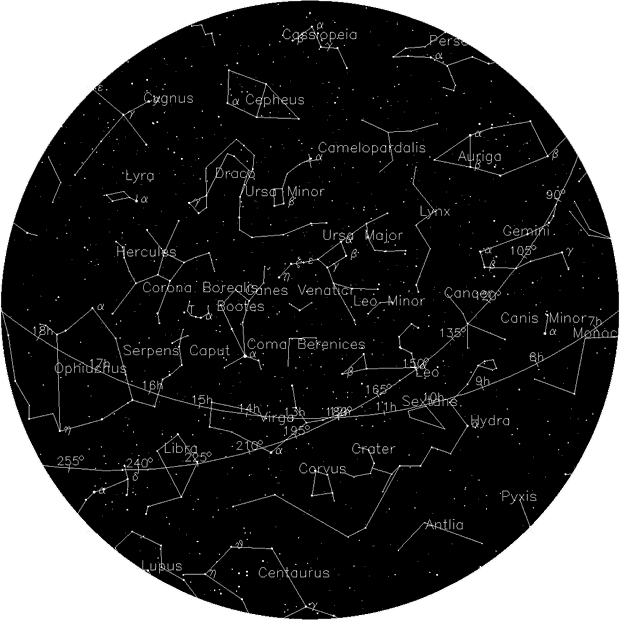DARK SKY HAPPENINGS - October 2018 Moab Dark Skies mission is to promote the appreciation and conservation of Moab’s valuable and rare dark skies. The Moab Dark Skies was established by the Friends of Arches and Canyonlands Parks in conjunction with the National Park Service and Utah State Parks Division of Natural Resources.
It’s time to celebrate! Let’s revel in our view of the Universe beyond this blue planet we live on. Moab is fortunate! We have such a stellar view of the night sky while most of the human population cannot see much above from living under the sky glow found within major cities. The dark sky conservation movement took hold in Utah in 2007 and really picked up steam in 2014.
With the creation of the program International Dark Sky Places by the International Dark Sky Association (IDA) in 2001, Natural Bridges National Monument became Utah’s first International Dark Sky Park in 2007. It would be seven years before Hovenweep National Monument became the next park to join the ranks in 2014. Then, a flurry of parks was designated in 2015: Canyonlands National Park, Capitol Reef National Park, and Weber County’s North Fork Park. They were followed closely by 2016’s Dead Horse State Park’s and Goblin Valley State Park’s designations. In 2017 two more parks followed suit in becoming designated: Antelope Island State Park and Cedar Breaks National Monument. This year, Steinaker State Park and the City of Torrey, UT were designated as well. Why is this a reason to celebrate? Each International Dark Sky Place has to make a commitment to IDA and follow through on that commitment to remain a Dark Sky Place. This agreement is pretty intensive. The area must monitor their night sky quality to make sure the quality does not degrade due to artificial light at night. They must make changes to their exterior light to use light only when and where needed, and with low wattage, warm colored bulbs in a fully shielded fixture which directs light downward. Dark Sky Places also agree to work with neighboring land owners to promote dark sky conservation. Educational programs on the effects of artificial light at night and the importance of dark sky conservation are also agreed to. So why celebrate? All of Utah’s International Dark Sky Places have made these agreements which means this huge swath of Utah’s night sky will be protected, ensuring future generations the opportunity to view our incredible views of the Universe beyond. So let’s all get out underneath a blanket of stars and enjoy our splendid night views with a bit of celebration! . |
|||||||||||||||||||||||||||||||||||||||||||||||||||||||||||||||||||||||||||||||||||||||||||||||||||
